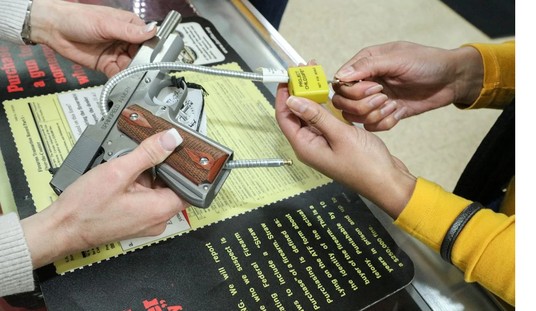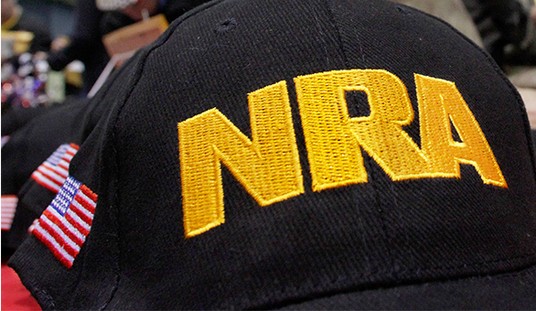A northern Virginia man accused of stabbing two people at a church in Fairfax County has had his firearms removed from his home after officials applied for and received an “emergency substantial risk order,” apparently marking the first time that the law has been used since it went into effect on July 1st. Ironically, the use of the law actually highlights the failure of the ESRO’s in actually dealing with someone who poses a threat to themselves or others, as we’ll explain.
First, a little background. According to the Fort Hunt Herald, 32-year old Chance Harrison is being held without bond on two counts of aggravated malicious wounding, one count of felony assault on a police officer, and one count of misdemeanor assault after he attacked two members of the Grace Covenant Church during an event back on July 18th. Fairfax County Chief of Police Edwin Roessler was in attendance at the event, and helped subdue the suspect.
“Harrison entered [the church] and stabbed a staff member without provocation,” FCPD explained in a July 19 report.
“A man intervened and was also stabbed by Harrison. [He] was subsequently confronted and subdued by Chief Roessler and several others.”
The report by the FCPD Sully Police District said officers arrived on the scene as Harrison was being restrained by several members of the congregation, including Roessler.
“[He] was taken taken into custody without further incident; he was not injured,” FCPD said.
A knife was recovered at the scene. The two stabbing victims were taken to a hospital with non-life threatening injuries and Roessler received medical attention for minor injuries.
Was the emergency substantial risk order even necessary? Harrison is being held without bond, which means he likely won’t be released from custody before his trial. If he’s convicted of any of the felony charges, he’ll lose his right to keep and bear arms, making the red flag petition a moot point.
Let’s say, however, that Harrison convinces a judge to release him on bond. Now his legally-owned firearms have been taken from him, but authorities left behind every single knife that the alleged stabber owns. Even though a judge has determined that Harrison might pose a threat to himself or others (a reasonable determination, given the fact that he’s accused of stabbing two people), if Harrison is released from custody he’ll still have access to knives, gasoline, matches, or anything else that he might use to hurt people.
Chance Harrison may indeed pose a threat to the public, but if that’s the case then he should remain behind bars while he awaits his trial. Applying Virginia’s “red flag” law to his case doesn’t actually do anything to make the public any safer, and in fact it may actually make things worse if Harrison were to be released before his trial takes place. Authorities could have taken Harrison to a mental health facility for a 72-hour evaluation instead of transporting him to the Fairfax County jail, and if mental health professionals that Harrison needed to be admitted, he would also have been barred from possessing firearms, but he would also have actually received treatment.
Instead, Fairfax County police decided to criminally charge Harrison and pursue the red flag petition, setting up the possibility that Harrison could be released to the streets, where he could arm himself with knives once again. For months now I’ve argued that red flag laws don’t actually do anything to address the individual subjected to them, instead focusing exclusively on any guns that they might own, and with the very first invocation of the state’s new red flag law, authorities have demonstrated those flaws and failures of the red flag process.








Join the conversation as a VIP Member